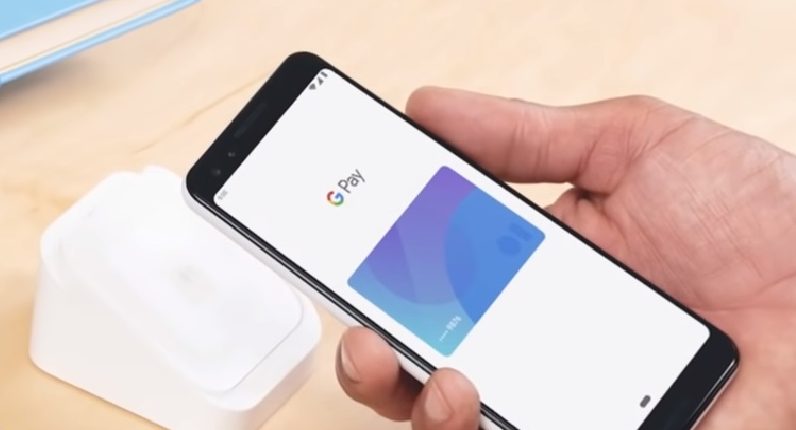If you use Google Pay, or PhonePe, or Amazon Pay (that’s a lot of ‘pays’) to complete digital transaction, and much like myself, UPI has become your go to mode of payments due to how easy it is, this news is for you.
The market is where various sellers gather to sell their wares to the customers, aka us. Bigger firms, with more manpower and money, thus, get a natural advantage over the smaller firms, who struggle to keep up with the behemoths and are forced to concede market shares. To ensure that the market is not dominated by any single entity and to maintain parity in the Unified Payments Interface (UPI) ecosystem in India, the National Payments Corporation of India (NPCI) issued guidelines detailing a 30% volume cap on UPI transactions for Third-Party App Providers (TRAPs).
In simpler terms, it means that no UPI app which has nearly 2 billion transactions a month and has the potential for future growth can have a market share of more than 30% of overall payment volumes. This will also “encourage the new players to increase their volumes in UPI, so as to even out the distribution of market share among all participants,” the NPCI said.
The cap of 30% would be calculated on the basis of the total volume of transactions processed in UPI from January to March 2021 on a rolling basis, the NPCI said.
This has been done to prevent the Indian market, especially the fast-growing digital payments sector, from becoming a monopoly. A monopoly is a market structure characterized by a single seller selling a unique product in the market. Here, the seller faces no competition, since he is the sole seller of goods with no close substitute. This means that the seller is the only person that can decide the price of the goods.
Earlier, the NPCI had said that from January 2021 to March 2021, all UPI payment apps will be subject to a three-level threshold monitoring by NPCI with certain exemptions. A UPI app that has breached 25% of market share will receive an alert from NPCI which they must acknowledge. Then, they must provide “evidence” to NPCI on their plans to bring down the volume, in which case they must stop new onboarding and provide an undertaking to NPCI.
The NPCI added that they would provide exemptions up to six months on a case-by-case basis to prevent customer disruptions, in which case the UPI app must provide a plan to the NPCI on its action to bring down volumes within five days of the breach notification.
Existing UPI app providers like PhonePe and Google Pay, which had market shares of over 40% each in the winter quarter of 2020, would need to “moderate” new customer on-boarding and artificially bring down their volumes by the end of 2022. They, and others like them, would be given two years (counting from January 2021) to comply with the guidelines provided by the NPCI, in a phased manner.
“The design principle used in this is to control the volume cap by means of user on-boarding on the TPAP’s payment platform (“TPAP UPI App”),” the NPCI said. “This is done in such a way to ensure that the users on-boarded already are not impacted and that their transaction will not decline, to the extent possible. Further, there will be a provision to exempt the players to some extent when the Volume cap is reached so that it does not create sudden disruption in the market,” it added.
This move by the NPCI has not been received well by everyone. Bengaluru-based digital wallet platform and online payment company PhonePe, which went past Google Pay to emerge as the leader of the UPI market in December 2020, said that it would continue to expand its user base and ensure that more merchant partners opted for PhonePe over rival payments firms, despite the guidelines set by the NPCI.
“We believe our mission to digitize payments in India is a noble one, and we will not stop doing so until we are not allowed to do so anymore… We are not focusing on curtailing market share and will continue to add customers while ensuring acceptance of PhonePe among merchant partners,” PhonePe CEO Sameer Nigam had said. PhonePe had a market share of 42% in February, while Google Pay slipped from 43% in November to 36% in February.
The Tech Portal is published by Blue Box Media Private Limited. Our investors have no influence over our reporting. Read our full Ownership and Funding Disclosure →






